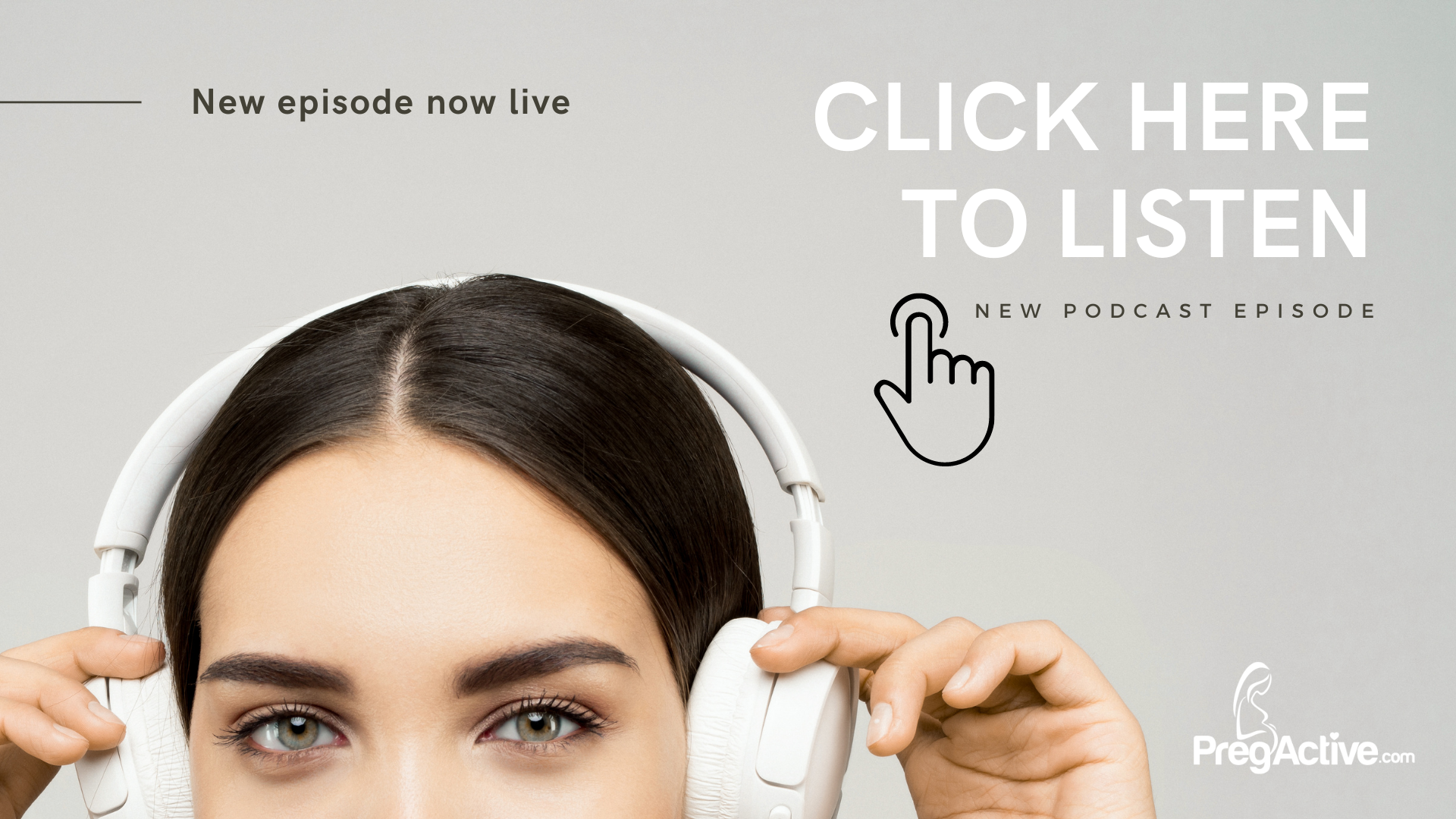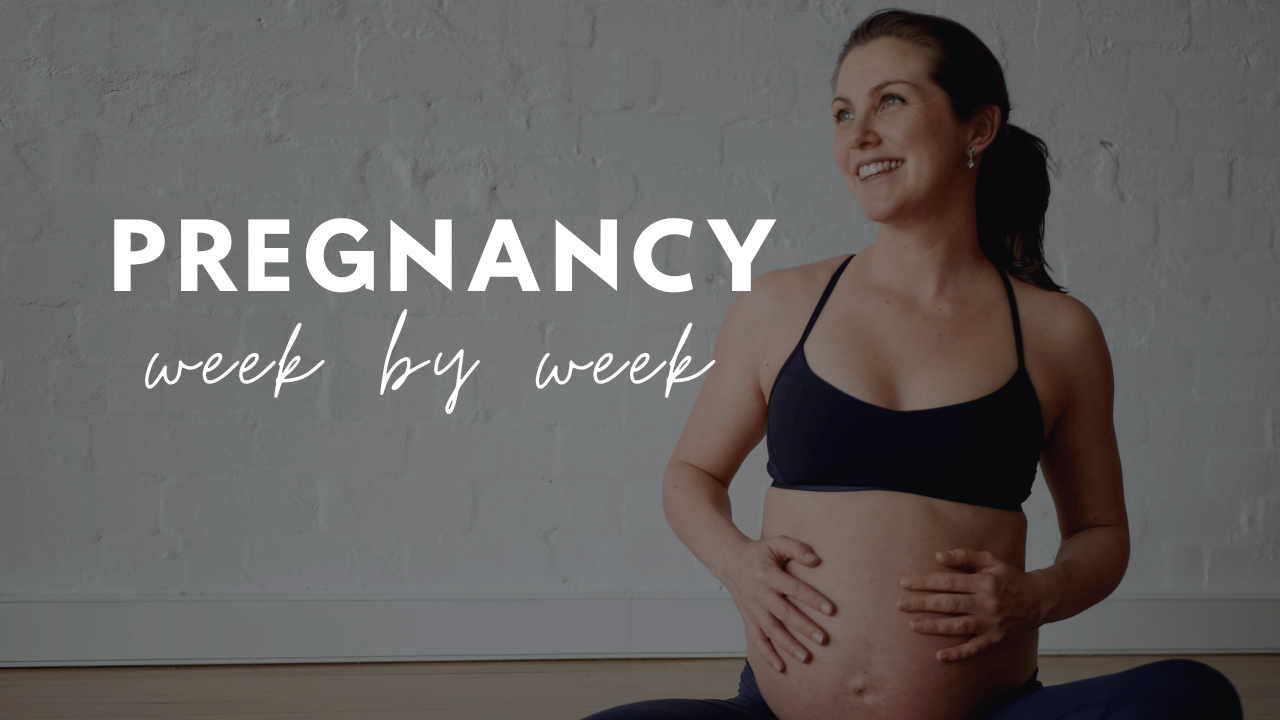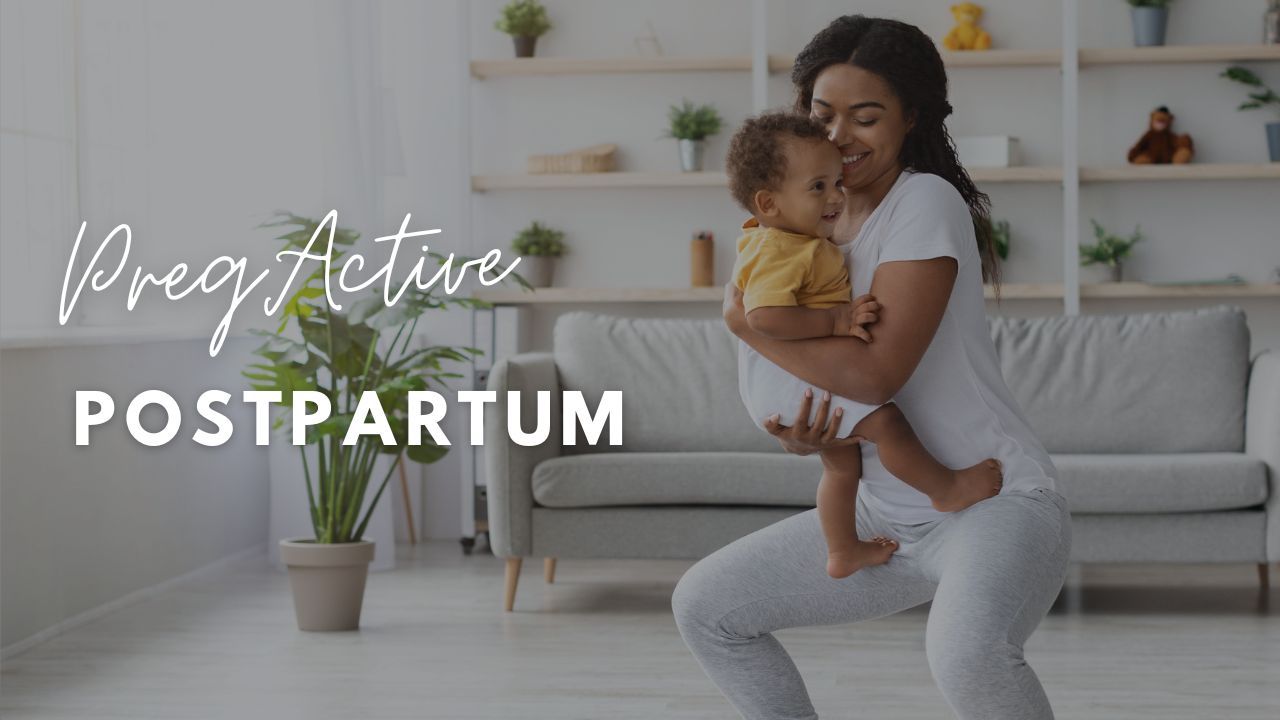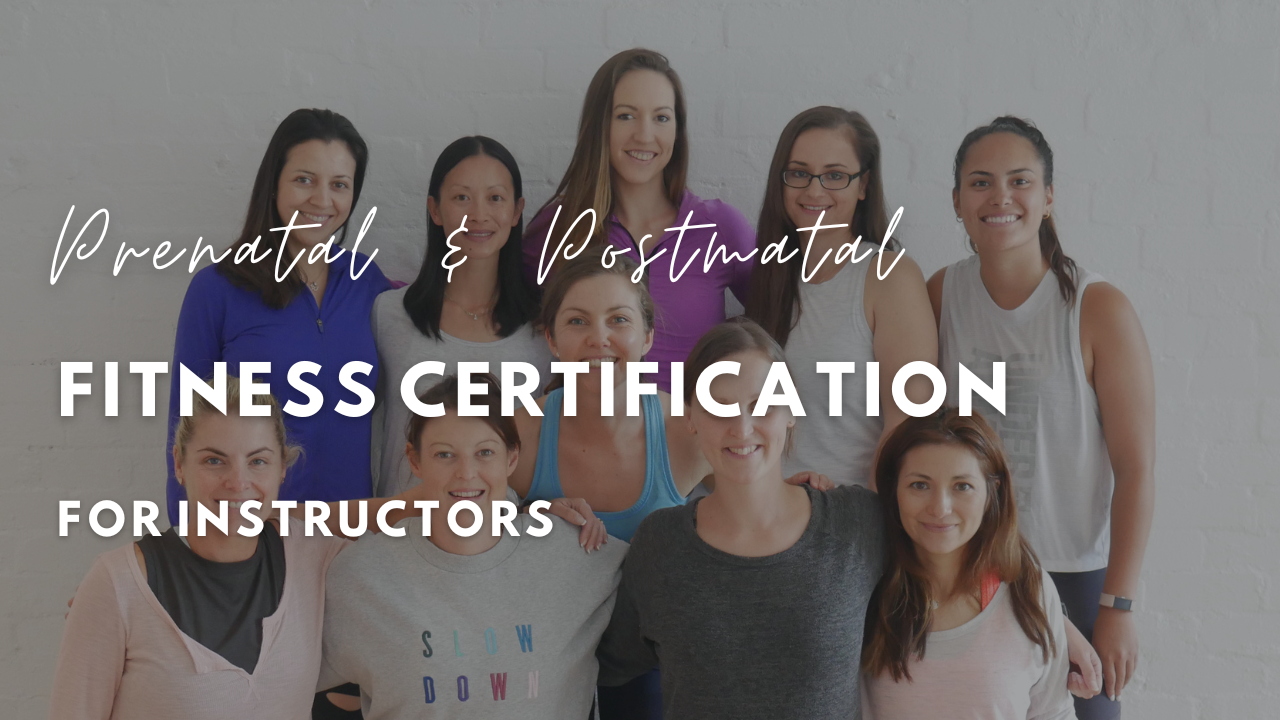Boot Camp after C Section Isn’t a Good Idea Podcast

Boot Camp after C Section
And what a whirlwind the first six weeks of having a new baby is! Your entire world has been turned upside down. So is a joining in a boot camp after a c-section or postpartum good for you?
I want you to listen to this podcast with our Women's Health Physiotherapist Beth who chats about boot camps after caesarean and childbirth in general.
It's about You
You might have had that newborn bubble, where days just roll into one and sleep is scattered between daylight hours and nighttime.
You may have been inundated with visitors, some that can certainly overstay their welcome.
And there is no doubt you would have been cried at, pooed on and are now struggling to find a piece of clothing that doesn't have a spew stain.
Having a baby is hard work, it's an emotional ride and often there is little to no focus on YOU as the mother, by you or anyone else.
And then reality hits in.
You have this soft, squidgy belly that no longer houses your baby, but instead makes you feel less secure about yourself and your body image when you look into the mirror.
You are tired, like really tired.
And you have this little guilt that you just want some me time.
Something for yourself that doesn't involve feeding, settling or anything baby.
And you know what, this is all very normal.
And before you know it, it's been six weeks since having your baby and your six-week postnatal check-up is here.
Everything else has been all about the baby, but this time, finally, there is a check in with you and fingers crossed, they give you the all clear to get back into your exercise.
Let's stop right there.
Now, we're going to talk about the progressive journey of postnatal recovery and the different options you have.
As a postpartum exercise expert and someone who has been helping new mothers see the results they want to see in their fitness after having their baby, I've seen a lot of women go through this journey.
And the ones that get the best results are the ones that do this:
Step 1: Rest, Recover and Do Your Pelvic Floor
Now your body has gone through a lot. It's grown and birthed a baby.
It took nine months to do it all and let's give your body the respect it deserves and have a realistic timeframe of 9 - 12 months of a full recovery.
Do not get me wrong, if you do your exercises and stay on track you can certainly be seeing results much quicker than nine months.
Regardless of who you are, I wouldn't be doing a burpee or a star jump or anything of high impact in that first 12 months.
You may be feeling great.
But it could certainly regress your recovery and result in some not so nice results, more on that later.
If you are in your first six weeks right now or are pregnant and listening to this in order to have a plan for once bub does arrive, then great!
Let's just brief over the idea of the first six weeks.
You can start pelvic floor just hours after having your baby.
If you have a catheter in, make sure you don't start until that has been removed, and if you're unsure always check with your health care professional.
By doing just some gentle pelvic floor 'lift' and 'release', then you are helping to rebuild that connection from your brain to your pelvic floor.
Because my lovely lady, it is not going to feel the same as it did before you had your baby. If you had a vaginal birth this is super important, if you had a caesarean birth, this is also really important.
Step 2. Go for Short Walks
I hear it all too often, new mothers wanting to get out of the house, so they go for a long walk. And then feel very heavy 'down there' afterwards.
Or they bust open their stitches.
Or they just feel exhausted.
Step by step, literally.
In those first few weeks just getting out of the house can be a mission. So, aim to go to the end of your driveway and back.
Or pick a five-minute route you can do and build your way up.
Postpartum care and recovery is important for every mother. heal diastasis recti, stop leakage after childbirth
Step 3. Let Gravity Assist You
What I mean by this, is help your body recovery (particularly your pelvic floor) by being horizontal. You may not be able to sleep, but when you can, lie down.
Even sitting puts a little extra pressure down onto your pelvic floor, which normally is fine.
But when you have just birthed a baby and your pelvic floor needs recovery, then lying down can certainly be of assistance.
Lying on your back is also a great time to start some deep abdominal exercises. Just simply lying on your back, one hand on your belly and just connect with the rhythm of your breath.
Then on your next exhale gently lift up through your pelvic floor and gently engage your tummy muscles.
The best way to think about this is like having a scarf wrapped around your belly and you are gently tightening it as you engage.
We do all of these progressive based exercises in Core Rehab online program so please, if you're wanting some guidance check it out.
Step 4. Aim for Five Minutes at a Time
It's unlikely you'll help you rebuild your strength without over doing it.
Our online program has a dedicated pelvic floor routine each week and a 15 minute at home workout.
And that fifteen minutes can be broken up into three lots of 5.
Step 5. Frequency is the Key
Your muscles will respond well to frequency at a lower intensity than a big burst of 'I just need a massive sweat session'.
Which is why our online program is 12 modules and steps you through each module one at a time. If you need to stay on one module for a few weeks, it's so fine!
Now let's image you don't do any of that.
Instead, you do nothing for six weeks (or more) and then go 'aaah' I need to get going if I'm ever going to get my body back. Bootcamp it is!
Your mind might register, but your muscles have no idea its coming.
When you give your muscles no warning, they go into survival mode. What this means is that, as best as it can, your body will still perform the movement.
BUT instead of recruiting the right muscles in the ideal recruitment pattern, it just screams we've got to do this - and whatever muscles can help, do.
Now often, those deeper muscles that are all still in repair mode step back and say sorry, we're out and it's a whole range of surface muscles that get you through that movement.
But it's going to be HARD and feel horrible and probably give you a sense of wow I'm really unfit and may make you feel not so great.
Now, do you want that?
The other thing is, because the correct muscles aren't activating it can lead to a whole lot of internal pressure.
And that pressure either presses down onto your pelvic floor, or out either putting more pressure onto your abdominal separation or make your back hurt - or both.
So those sit-ups, push-ups, star jumps, boxing and burpees and all adding to this pressure your body doesn't need. And the end result?
You feel exhausted.
You pee yourself because of all that pressure downwards onto your pelvic floor.
Your abdominal separation is certainly not getting the recovery it needs to heal.
And worse of all, your muscles are starting to learn an incorrect muscle recruitment pattern.
This means that months from now could have strong, toned arms and legs, but you've still got that dam mommy tummy a sore back and potentially pelvic floor issues or pelvic organ prolapse.
Now my friend, you do NOT deserve any of that.
I see it all too often, and then I have these desperate mothers contact me when their little one is years old and say - help me!!
And as hard as it might seem right now to fit even five minutes into your day, trust me when I say it's a whole lot harder to cover your body years down the track.
Especially when you've created a whole lot of bad muscle recruitment patterns and struggling with your body image, pelvic floor issues and dealing with a toddler.
But hey, don't just take my word for it.
In the show notes I've included a link to an interview with Beth Scott who is an incredible Women's Health Physiotherapist on her advice after the six-week postnatal check.






